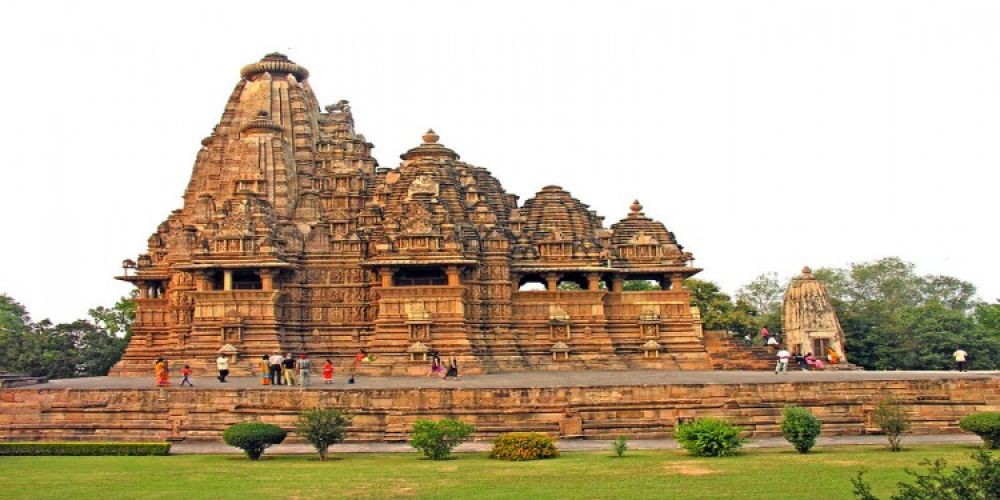Pushkar, a sacred town nestled in the state of Rajasthan, holds an unmatched allure for travelers and pilgrims alike. Known for its serene lakes, bustling bazaars, and deeply rooted spirituality, Pushkar is a destination steeped in history and mythology. Among its numerous attractions, the Varaha Temple stands as a remarkable testament to India’s rich heritage, providing lessons in art, culture, and devotion.
The Varaha Temple, dedicated to Lord Vishnu’s boar incarnation, is not just a place of worship but a historical and architectural marvel that speaks volumes about the ingenuity and devotion of ancient India. Built during the 12th century by King Anaji Chauhan, this temple offers a unique perspective on Pushkar’s spiritual and historical narrative. Before delving into the lessons this temple imparts, consider exploring a luxury camp in Pushkar for an immersive experience amidst the town’s vibrant culture and tranquility.
The Origins of Varaha Temple and Its Mythological Significance
The origins of the Varaha Temple are deeply interwoven with Hindu mythology. According to ancient texts, Lord Vishnu took the form of Varaha, a boar, to rescue the Earth (personified as Goddess Bhudevi) from the demon Hiranyaksha. This cosmic act of salvation represents the triumph of good over evil and underscores the concept of divine intervention in times of crisis.
The temple’s foundation symbolizes this mythological tale, making it a focal point for devotees and scholars interested in understanding Vishnu’s various incarnations. The deity’s portrayal in the sanctum, carved with intricate detailing, reflects the reverence and artistic excellence of medieval India.
Architectural Brilliance: Lessons in Craftsmanship
One of the most striking aspects of the Varaha Temple is its architectural design. The temple is a classic example of Nagara-style architecture, characterized by its intricately carved pillars, ornate domes, and a sanctum that exudes spiritual serenity. Every stone in this structure tells a story, showcasing the skill and creativity of artisans from centuries ago.
The temple serves as a living lesson in craftsmanship, teaching us the importance of preserving and celebrating our cultural heritage. The carvings on its walls depict scenes from Hindu mythology, including episodes from the Ramayana and Mahabharata, providing a visual narrative for devotees and visitors alike. These artistic details remind us of the value of storytelling through art, a tradition that continues to inspire modern architects and designers.
Spiritual Teachings and Community Bonding
The Varaha Temple is not just an architectural gem but also a center for spiritual enlightenment. It emphasizes the teachings of dharma (righteousness), devotion, and the interconnectedness of all life forms. The temple’s rituals, chants, and festivals foster a sense of community, drawing people together to celebrate shared beliefs and traditions.
One of the key lessons from the Varaha Temple’s history is the power of community in preserving faith and culture. The annual celebrations, particularly during Kartik Purnima, transform the temple premises into a vibrant hub of devotion and festivity, showcasing the collective spirit of the Pushkar community.
Role in Pushkar’s Historical Landscape
The Varaha Temple played a pivotal role in shaping Pushkar’s identity as a pilgrimage town. It was one of the key temples that elevated Pushkar’s status in ancient India, attracting kings, scholars, and pilgrims from far and wide. The temple’s resilience in the face of invasions and its eventual restoration highlight the enduring spirit of the community in safeguarding their sacred spaces.
Through its history, the temple teaches us the importance of resilience and the role of faith in overcoming adversity. Its restoration efforts serve as a reminder of the need to protect and cherish our cultural heritage for future generations.
The Eco-Spiritual Connection
Another profound lesson from the Varaha Temple lies in its alignment with Pushkar’s natural and spiritual ethos. The temple is located near the sacred Pushkar Lake, a body of water that holds immense religious significance. The temple and the lake together embody the harmonious relationship between nature and spirituality.
This connection underscores the importance of environmental conservation, a lesson that is increasingly relevant in today’s world. Just as the temple has stood the test of time, preserving our natural heritage is essential for sustaining life and culture.
A Gateway to Rich Experiences
For modern travelers, the Varaha Temple offers more than a glimpse into history. It provides a holistic experience that blends spirituality, art, and culture. To truly appreciate the essence of Pushkar, consider staying in an AC tent in Pushkar, which allows you to immerse yourself in the town’s serene ambiance while exploring its historical treasures.
The temple inspires us to seek deeper connections with our roots, to celebrate our shared history, and to find meaning in ancient traditions that continue to resonate with contemporary life.
Conclusion
The Varaha Temple stands as a beacon of India’s rich cultural and spiritual heritage. From its mythological significance and architectural brilliance to its role in fostering community and environmental harmony, the temple offers a treasure trove of lessons for those who seek to learn. Visiting this sacred space is not just a journey through history but a transformative experience that invites introspection and a deeper appreciation of life’s interconnectedness.
Pushkar’s Varaha Temple reminds us of the enduring power of faith, the beauty of art, and the importance of preserving our shared heritage. Whether you are a pilgrim, a history enthusiast, or a curious traveler, the temple’s legacy has something meaningful to offer everyone.

